In the heart of Montserrat, a majestic mountain range in the province of Barcelona, lies a fascinating underground treasure: Coves del Salnitre. Translated to Spanish as Cuevas del Salitre or Saltpeter Caves in English, we will explore the depths of these mysterious caverns, where stalactites and stalagmites tell the geological story of this spectacular area. We will discover the millennia-old secrets hidden in the depths of Montserrat Mountain and immerse ourselves in a world full of natural wonders and underground adventures.
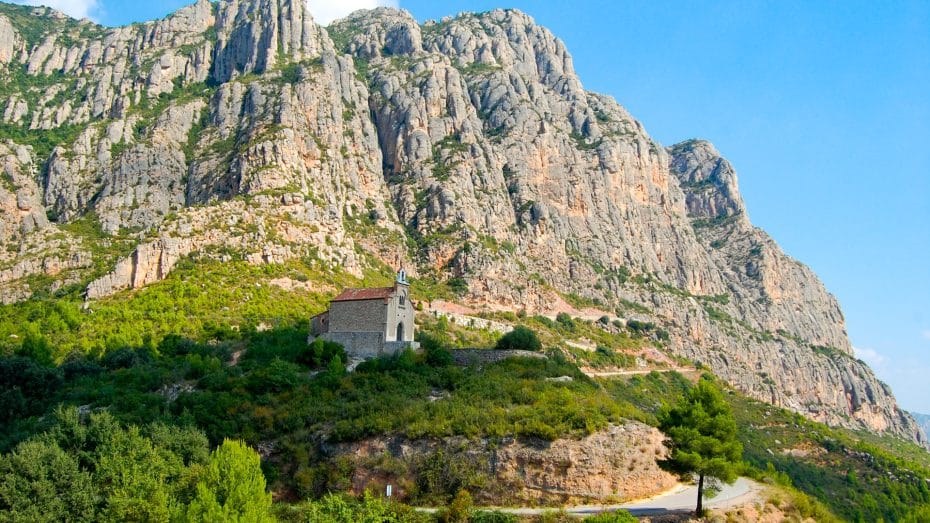
“The Cathedral,” “Devil’s Well,” “Hell’s Mouth,” and “Cloister of Monks” are not names of a treatise on theology or Caravaggio’s paintings, but some of the chambers found in Cuevas del Salitre. The caves are located very close to the village of Collbató and just 50 minutes from Barcelona.
Coves del Salnitre: An Origin Story
The origin of the formation of Coves del Salnitre is not different from the rocky elements that make up much of Montserrat Mountain. Some 65 million years ago, before the Pyrenees and the Alps formed, the Central Catalonia Plateau was a sea that reached approximately the area where Monserrat sits today.
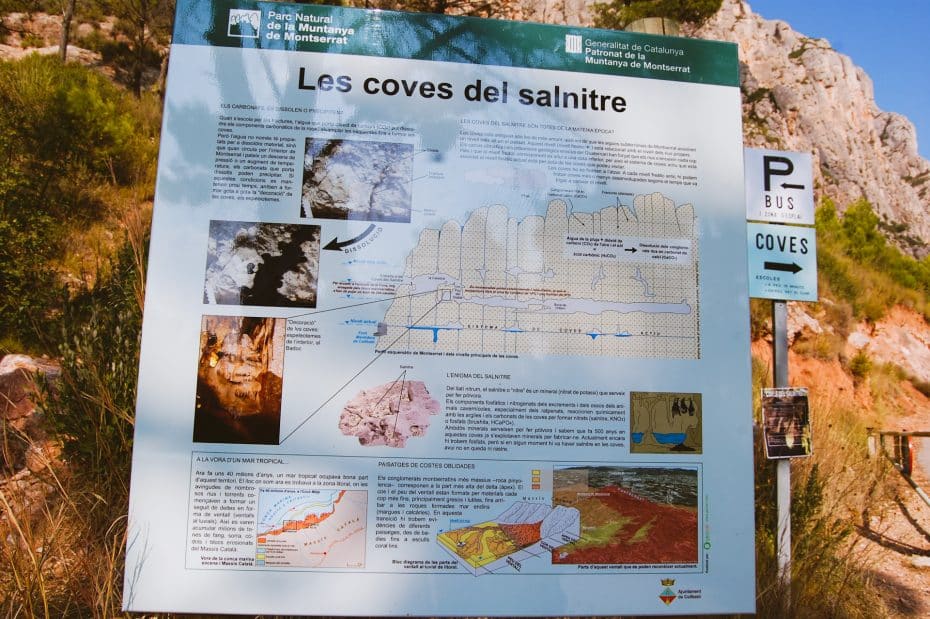
The rivers into this prehistoric sea flowed from a mountainous mass known as the Catalan-Balearic mountain range, now submerged. As the mountain range was on the eastern side of the territory, the rivers of the time flowed down from the opposite side to the current ones, accumulating sediments, detritus, stones, and other light materials that were deposited, forming different strata in the center of what is now the province of Barcelona.
Montserrat was formed from a fluvial delta filled with pebbles and detrital materials, consolidated once the Tertiary sea dried up. Water and rain eroded the conglomerate and calcareous material over thousands of years, and the multiple fractures generated by earth movements formed the impressive karst landscape observed today.
Cuevas del Salitre: Name Origin
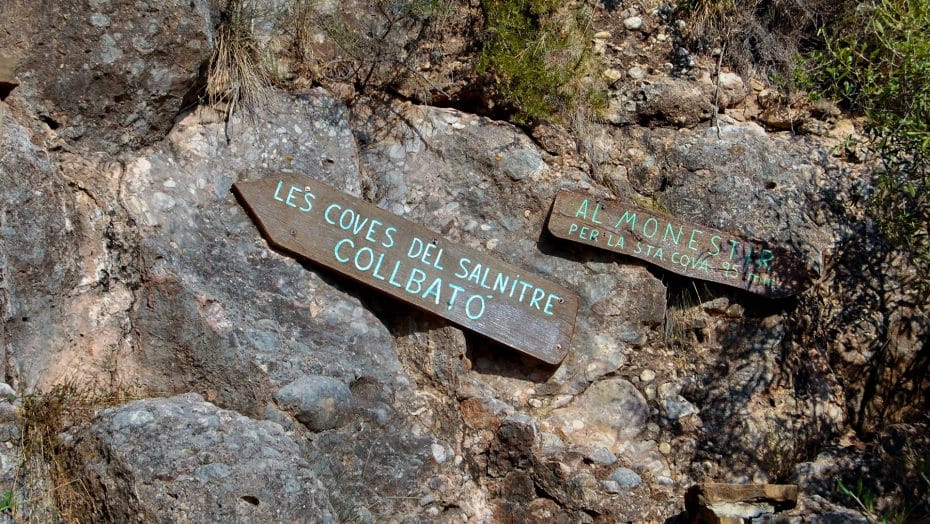
The Coves del Salnitre got their name due to the presence of saltpeter in their interior.
Saltpeter is a chemical compound (potassium nitrate) obtained from the decomposition of the feces of some animals, particularly bats, on the surface of wet or saline soils. Saltpeter can be used as a food preservative and is one of the main ingredients in gunpowder.
Human History of the Saltpeter Caves
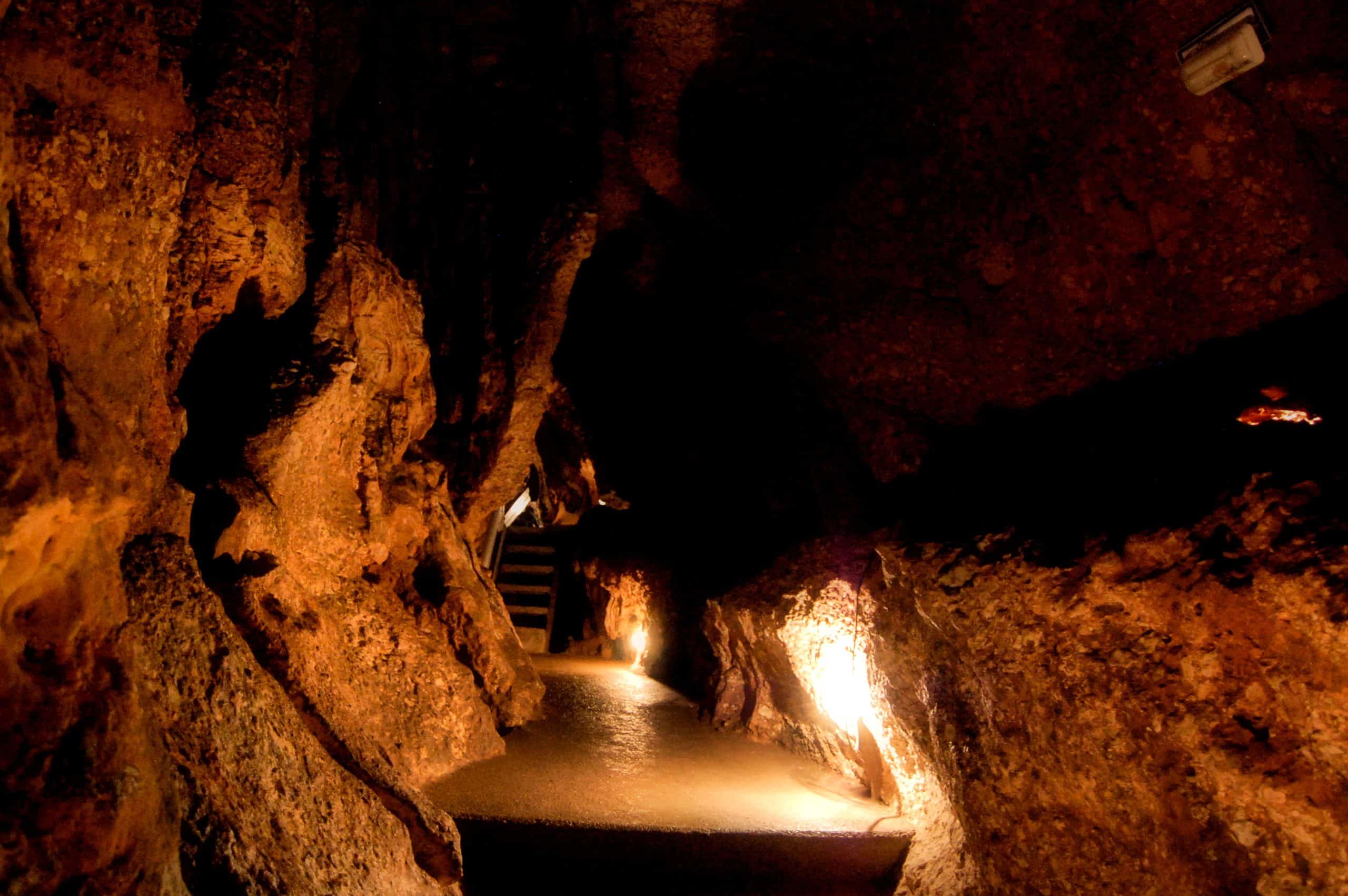
Archaeological evidence has been found to show that the caves were inhabited for much of prehistoric times. The remains inside make scientists think that Salnitre served as a shelter, dwelling, and later burial place for prehistoric people who inhabited these lands during the Stone and Iron Ages.
Although they remained inhabited until well into the Roman period in the Iberian Peninsula, at some point, the caves fell into oblivion. They were not “rediscovered” until the Middle Ages when the monks of the Monastery of Montserrat found them.
The monks were interested in the caves due to the valuable saltpeter present, leading to several expeditions with an economic purpose.
The most famous inhabitant of the Saltpeter Caves was the blacksmith/bandolier Mansuet Boxó.
According to a popular legend, Mansuet is a legendary character associated with the Timbaler del Bruc legend. Mansuet was a blacksmith who lived in the village of Collbató. At one point in time, the French army threatened to occupy the village. In response to this threat, Mansuet took the women, children, and jewels of the village to the caves of Salitre to protect them from the enemy.
When French soldiers discovered the caves, Mansuet tried to dissuade them by threatening to bring down the rocks inside. Faced with such a threat, the French mocked him and tried to enter anyway. Mansuet then dropped a copper cauldron down a pit, which clattered against the walls. The deafening sound frightened the soldiers, who ran away. Some fell into the pits. The French never returned to Collbató.
From 1850, the inhabitants of Collbató began to exploit the caves as a tourist attraction. Collbató was, at that time, a mandatory stop for pilgrims on their way to the Monastery of Montserrat. With the improvement of roads and highways, the Barcelonans also began to make leisure visits to the town.
Famous people such as Jacint Verdaguer or Santiago Rusiñol visited the caves, and it is speculated that Gaudí himself used them as inspiration for the Sagrada Familia.
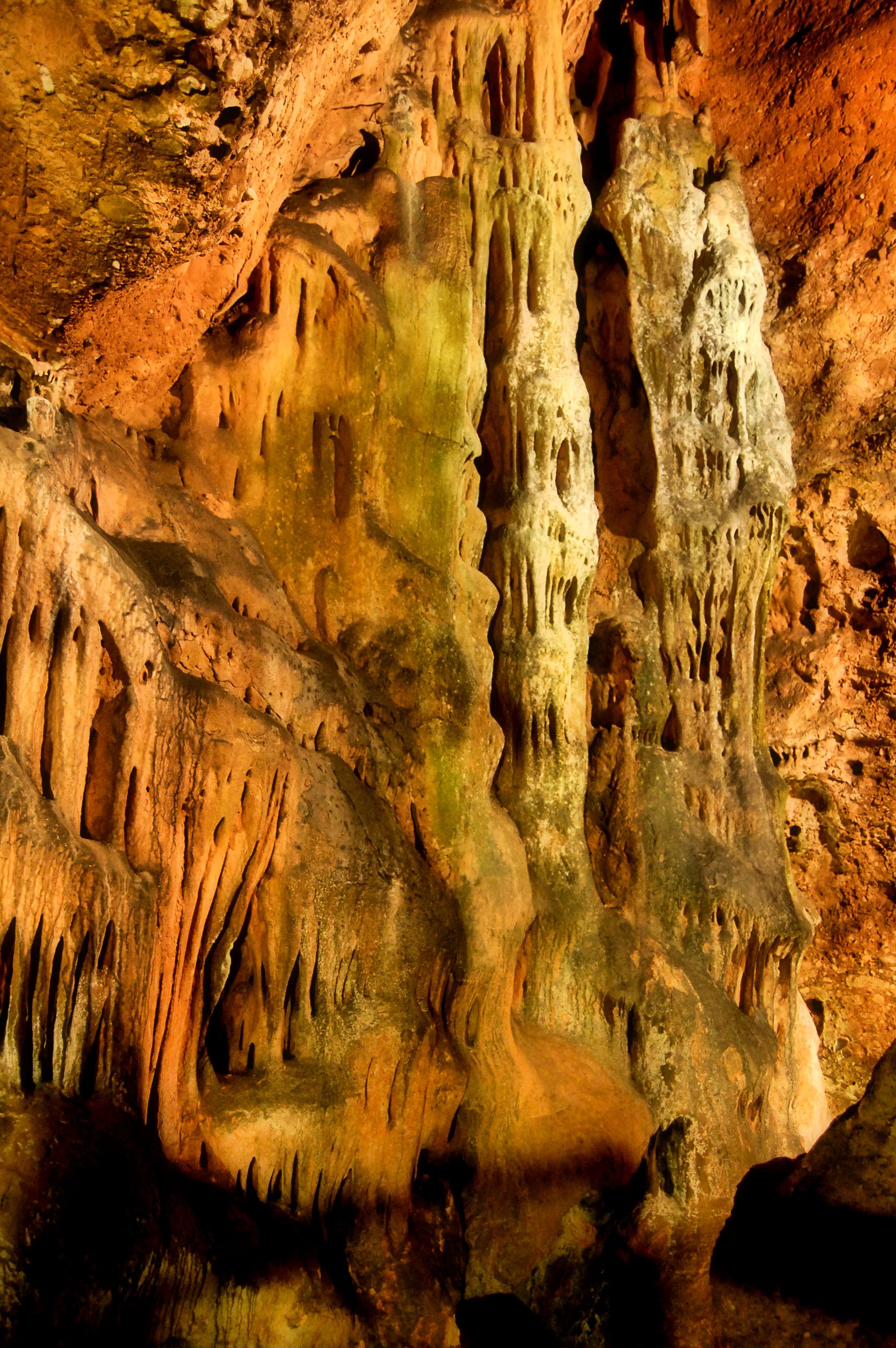
After the introduction of cars and trains that reached the monastery directly, the significance of Collbató as an access point for pilgrims and tourists decreased significantly. This is because visitors no longer needed to pass through the village to reach Monsterrat. However, in recent years, there has been a resurgence of tourism in the village due to rural and adventure tourism.
Visit to the Cuevas del Salitre (Saltpeter Caves)
The visit to the caves begins with a video on the geological and human history of Montserrat and the caves. We then proceed down to the Cathedral, the largest area of the caves, where the conglomerate material of which the caves are made can be clearly appreciated.
The “Pozo del Diablo” (Devil’s Well) is reached after a steep descent of sixteen meters. At the end of the path, you will see the “Devil’s Wings”, curtain-shaped stalactites that resemble wings embedded in the rock.
The “Monks’ Corridor” includes the sight of an elephant and some curious formations in the form of splashes on the walls. Subsequently, begin to see the most interesting formations, such as the forest, the elephant herd, the Sacred Family, the palm tree, or the Tower of Pisa, until you reach the last chamber known as that of the Madonna.
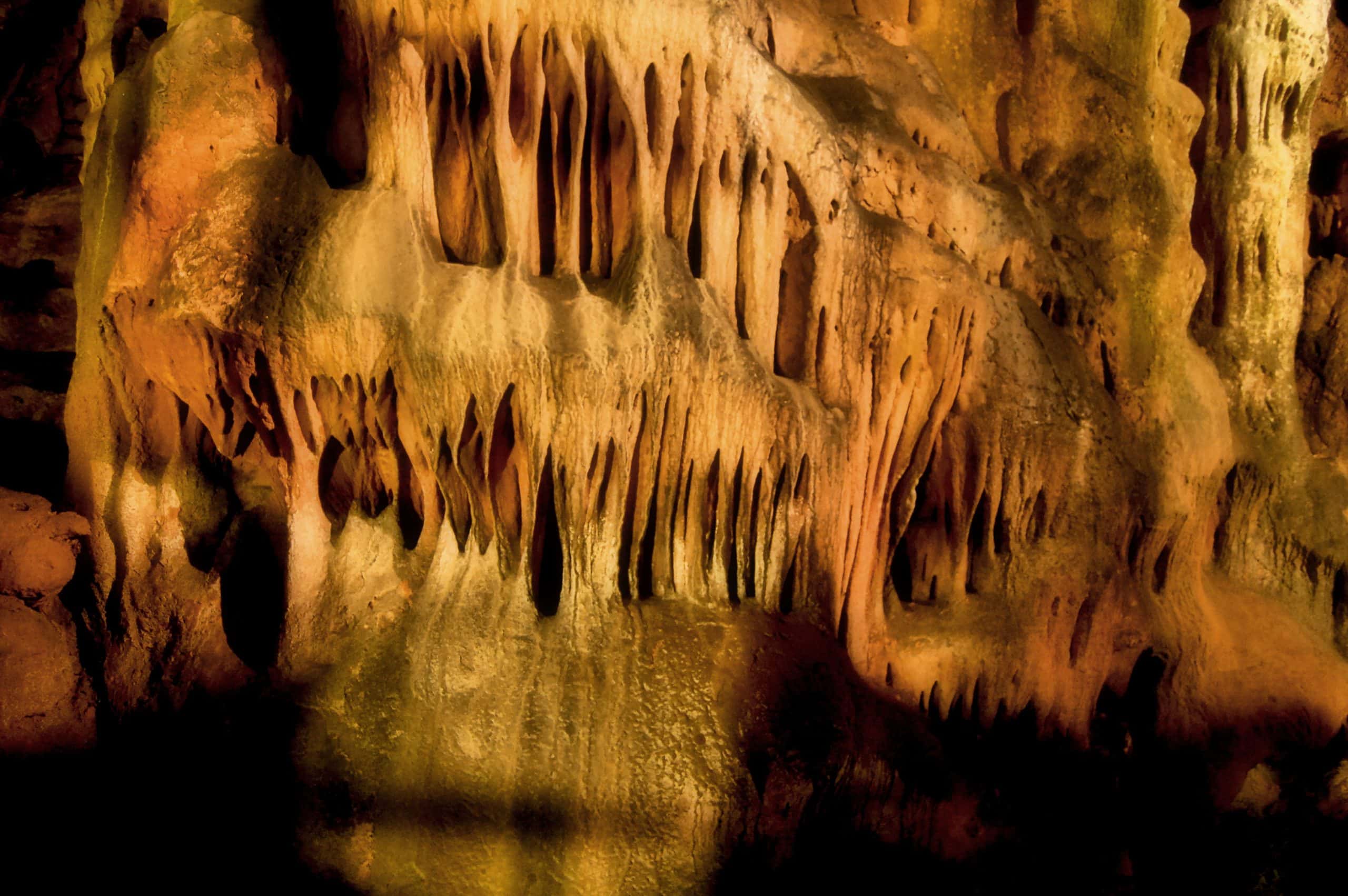
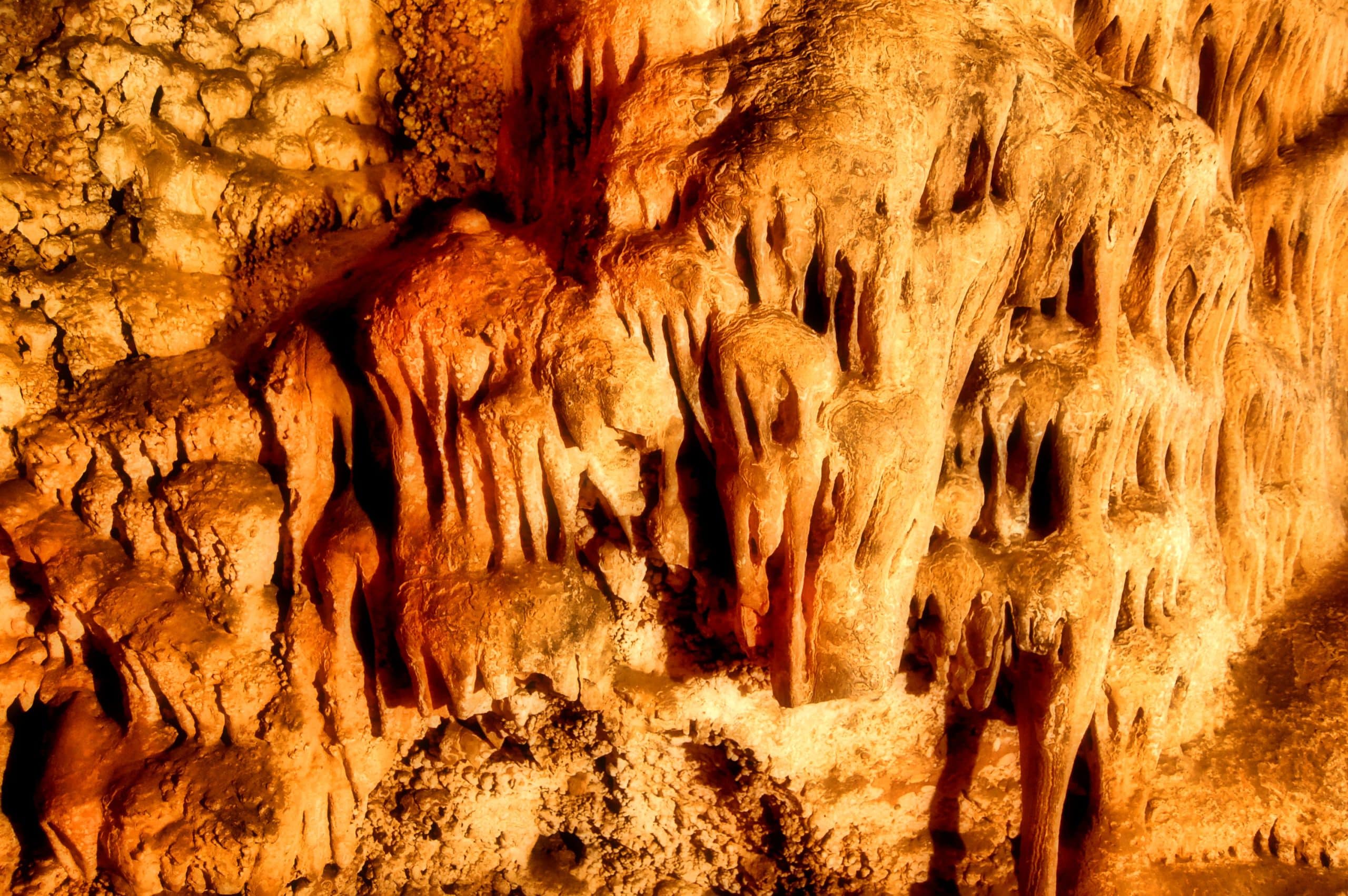
The Hall of the Virgin is named after the supposed resemblance of one of the formations with the Virgin of Montserrat.
This chamber is also the one that must have been the most impressive. The problem is that most of its stalactites and stalagmites are sawn off. The chamber is so inaccessible that it is speculated that the monks, proud of the feat of having reached it, took small souvenirs.
We now know that some of the stalactites have been cut for more than three hundred years because they have started to regenerate. Considering that they grow at a rate of one centimeter every hundred years and that some of them had pieces of “new” calcite three centimeters from the cutting site, it is safe to say that they were cut in the 1700s.
Once we saw Mary and other formations that resemble piglets and even Sponge Bob, we started the ascent back to the surface.
Practical Information
-Access to the caves is by climbing 244 exterior steps (10-15 minutes).
-The ambient temperature inside is 14ºC and the relative humidity is 97%, a light coat is recommended.
-Avoid visiting the caves at “rush hour” (12-13h), visits from 16:30 are quieter.
-The Coves de Salnitre are part of the Natural Park of Montserrat. Respect the environment.
-The visit is always guided and lasts approximately one hour.
-If you do not understand Catalan, you can ask the guide to conduct the tour in Spanish (and sometimes even English).
Fares
- General admission: 8,50€.
- Reduced admission: 7,25€.
- Children’s ticket: 6€.
- Children under five years old: Free of charge
How to get to Coves del Salnitre
From Barcelona by car:
Highway A-2 from Barcelona to Lleida. Exit 576A.
By public transportation
There are buses from Barcelona to Collbató, 4,05€ 50min.


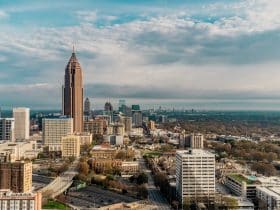


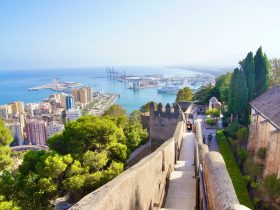
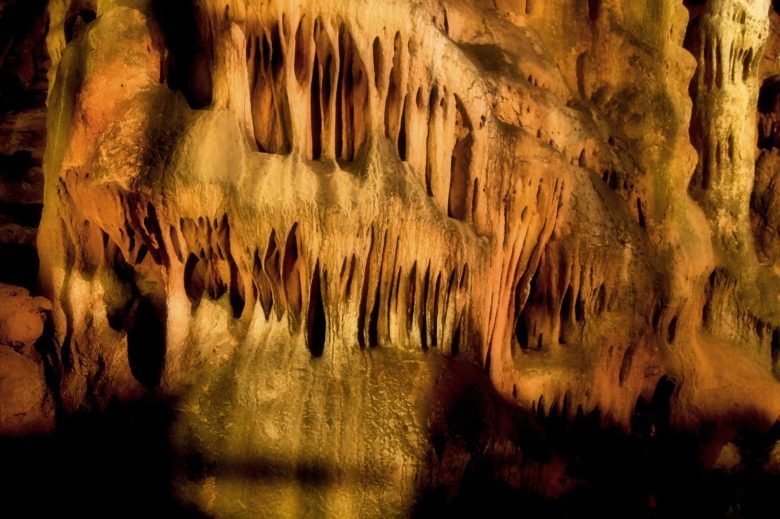
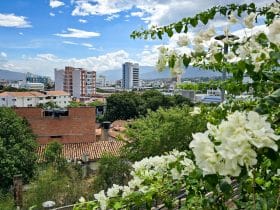
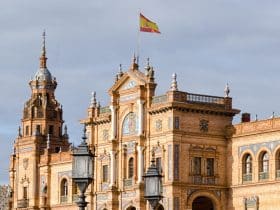
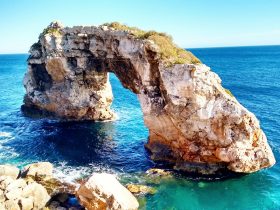










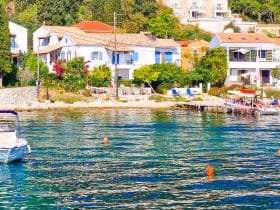
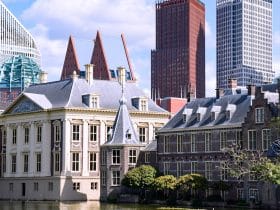
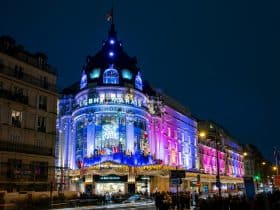
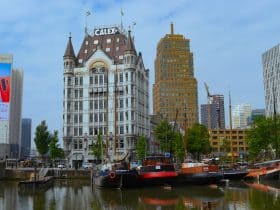
Leave a Reply
View Comments